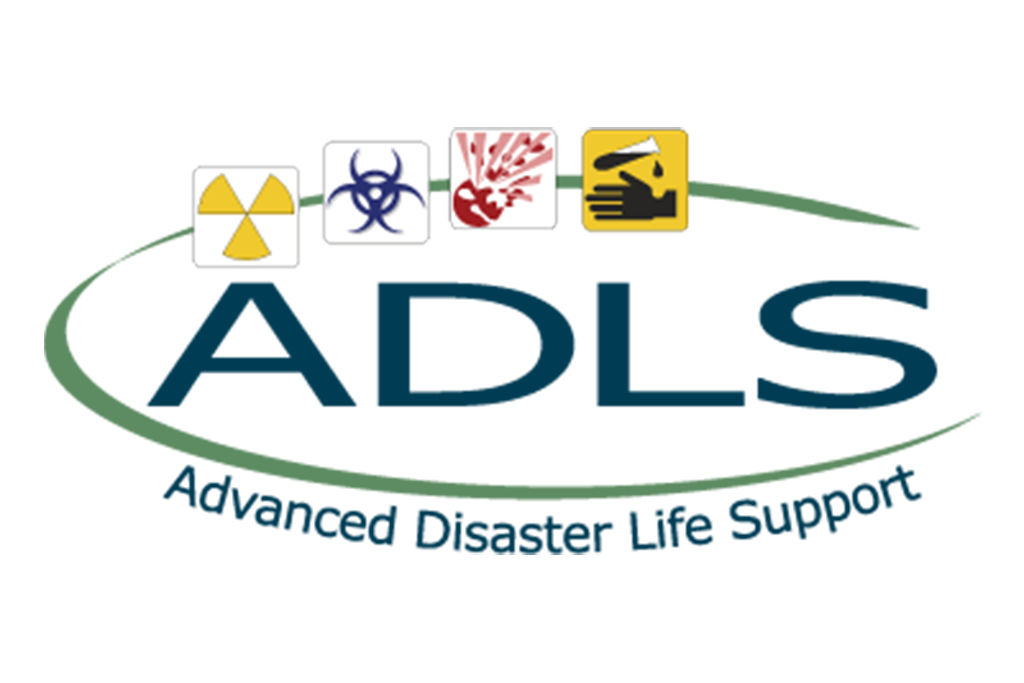The National Disaster Life Support™ (NDLS™) courses are a series of education programs to better prepare health care professionals and emergency response personnel for mass casualty events. The NDLS courses stress a comprehensive, all-hazards approach to assist health professionals respond to disasters and other public health emergencies, and include the following:
The Core Disaster Life Support® (CDLS) course is a 3.5 hour competency-based, awareness-level course that introduces clinical and public health concepts and principles for the management of disasters and public health emergencies. The course incorporates the “all-hazards” approach to personal, institutional, and community disaster management through the use of two unique mnemonics, the PRE-DISASTER Paradigm™ (which applies to event mitigation and preparedness) and the DISASTER Paradigm™ (which applies to event recognition, response, and recovery).
The overarching aim of the CDLS course is to provide participants from diverse professions, disciplines, and backgrounds with a common lexicon, vocabulary, and knowledge in disaster-related medicine and public health that can be reinforced and expanded in the BDLS® and ADLS® courses. The CDLS course is aimed at a broad range of audience categories, including medical first responders, health professionals, health service providers, public health workers, and health support personnel.
Upon completion of the CDLS course, participants will be able to:
- Describe the all-hazards approach to disaster mitigation, preparedness, response, and recovery.
- Discuss essential components of federal, state, regional, and community disaster health systems, including the role of the public and private health sectors.
- Describe the elements of the PRE-DISASTER Paradigm and their application to the management of disasters and public health emergencies.
- Describe actions that can be taken to enhance personal preparedness and resilience for disasters and public health emergencies.
- Identify legal and ethical issues that impact disaster mitigation, preparedness, response, and recovery, including the basic legal framework for public health.
- Describe the elements of the DISASTER Paradigm and their application for the management of disasters and public health emergencies.



